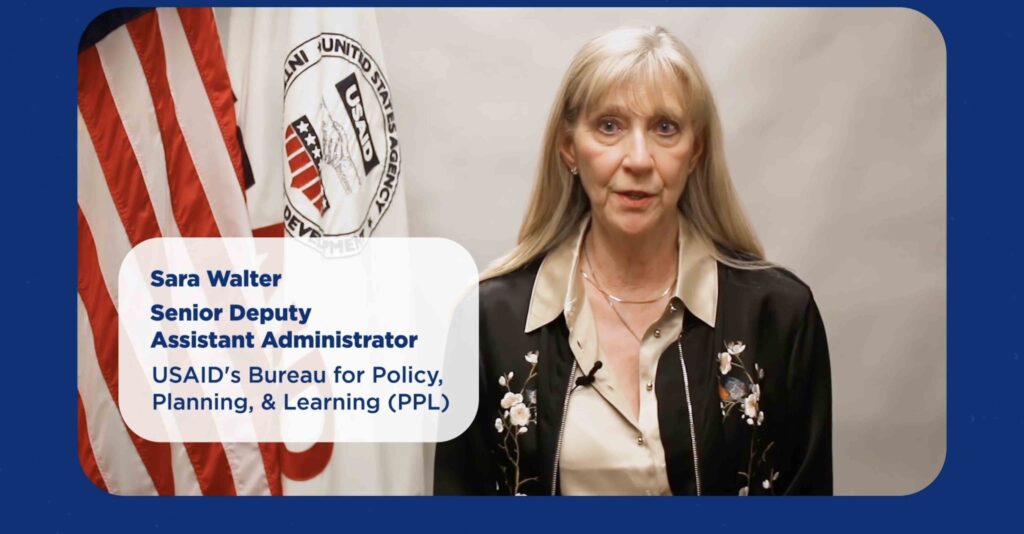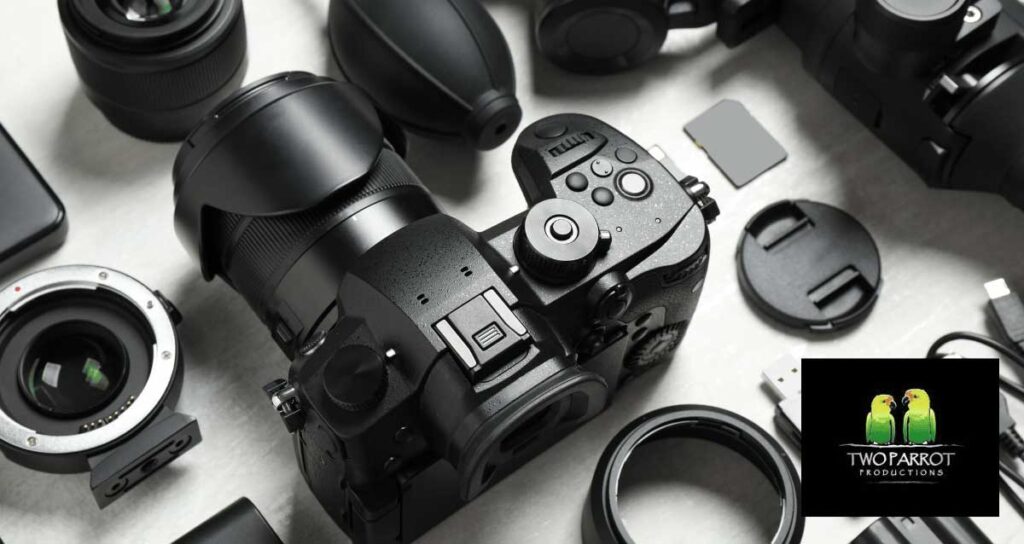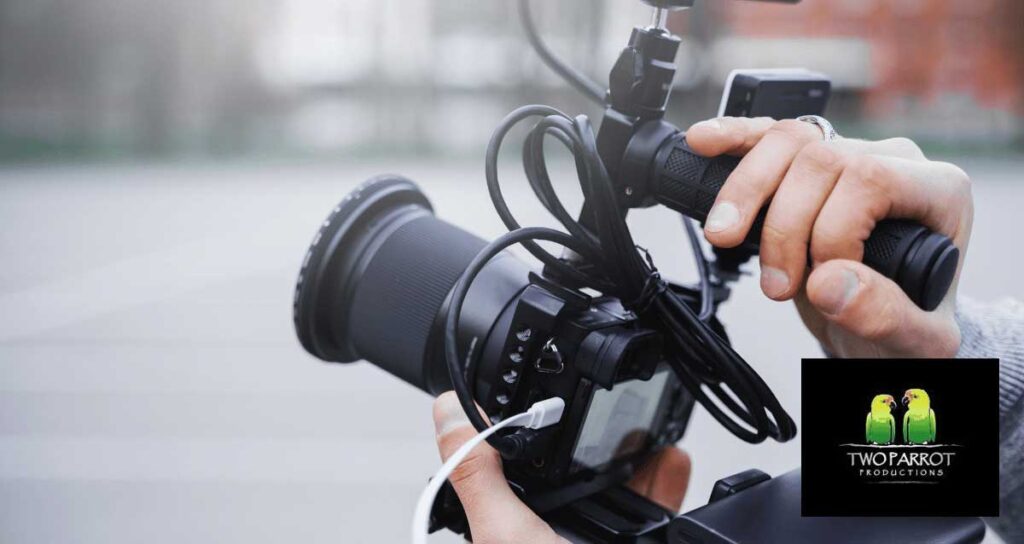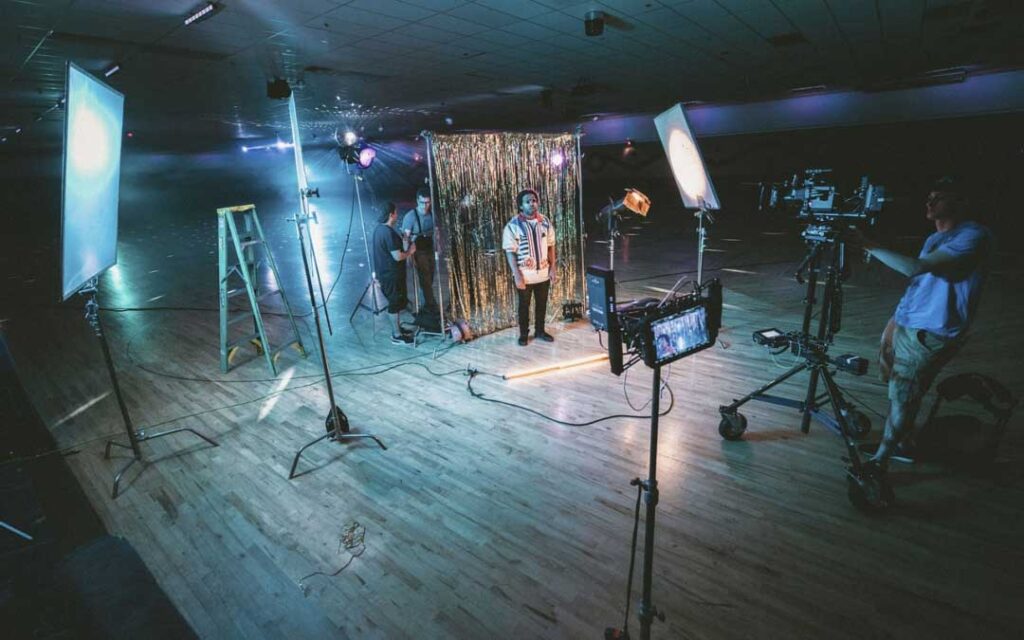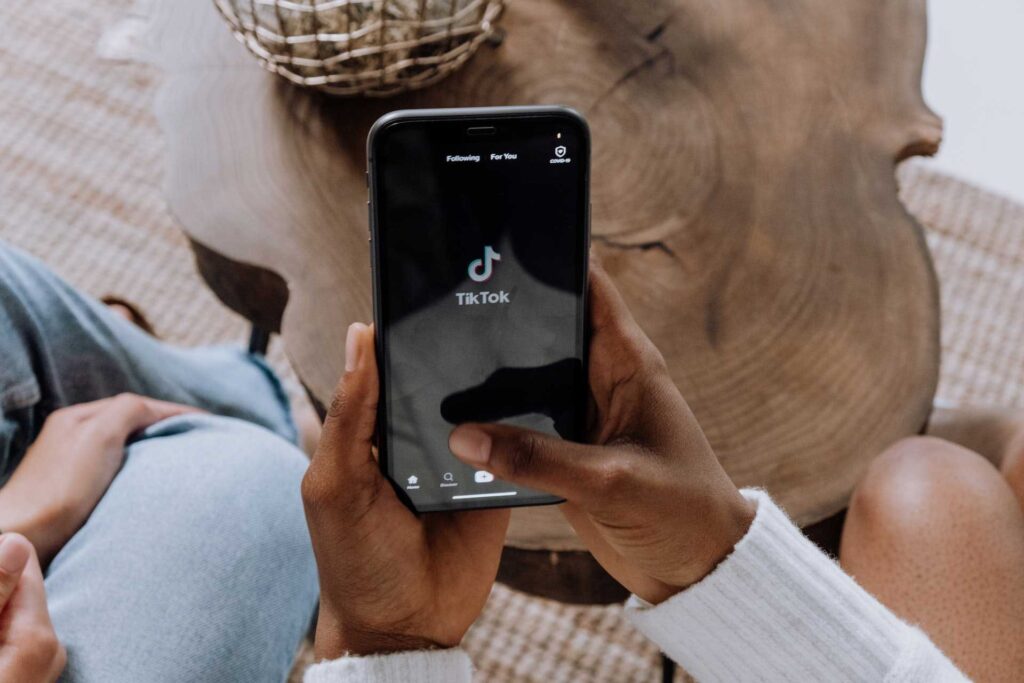Key Takeaway: How nonprofits working in international development can use video storytelling to simplify complex initiatives for different stakeholders.
When the Kaizen Company reached out to Two Parrot Productions, they were in the middle of managing several contracts with USAID, the United States Agency for International Development. As the communications arm of their program portfolio, they needed help translating complex global work into something clear, compelling, and usable across audiences and formats.
Our mission: Create two explainer videos and four animations that would help USAID explain its international impact in a relatable way. These videos would need to function across countries, time zones, donor presentations, and government briefings, without losing emotional connection.
USAID isn’t a nonprofit, but like many organizations in the development space, it’s in the business of service. They fund programs in health, education, agriculture, economic growth, and humanitarian response, often in some of the most fragile corners of the world. With that kind of scope, clear communications aren’t just helpful; they’re essential.
This post walks through how we helped Kaizen and USAID use video to tell a story that resonated globally, and what lessons your organization can take from the process.
The Challenge: Too Much Footage, No Story Arc
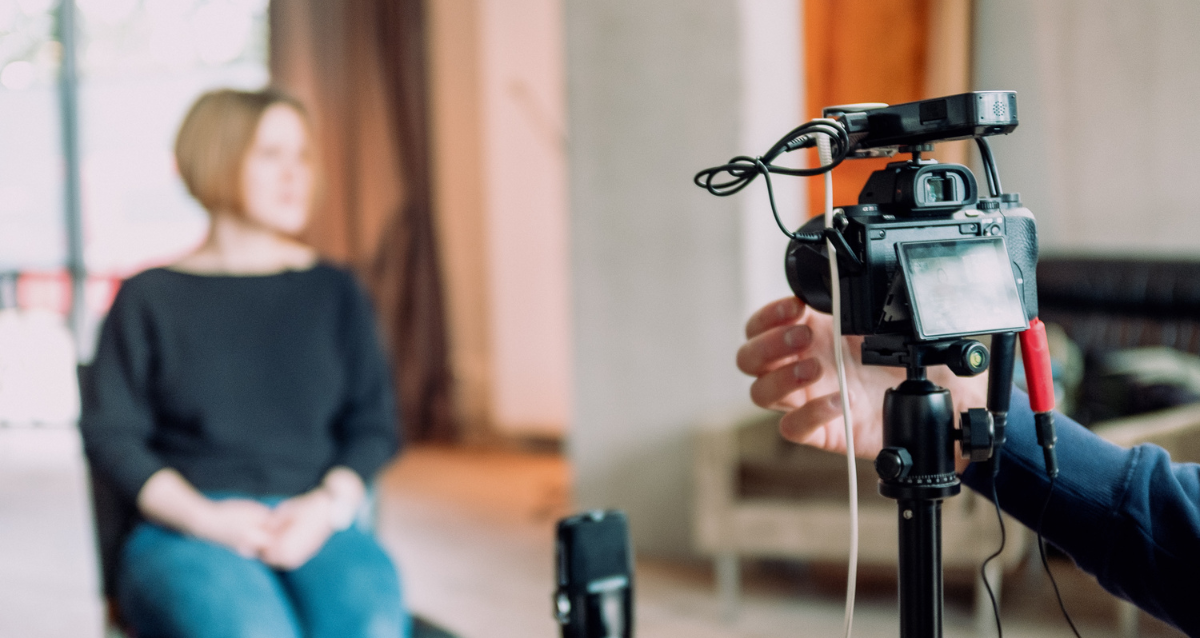
The first task we tackled was turning a mountain of raw USAID footage into a story.
Kaizen gave us access to a massive archive of real-world footage gathered from missions all over the world. While the raw content was rich and inspiring, it wasn’t organized with a narrative in mind. There was no central message tying the clips together, just a library of moments, shot in different locations, with different teams, using different equipment.
As a first step, we co-wrote the script with the Kaizen team. We asked ourselves: What do we want the viewer to feel? What do they need to understand? How can we bridge data and emotion?
“Video lets you take something complicated, like foreign aid or development strategy, and make it feel personal, real, and unforgettable.” – Dr. Jessica Kizorek
Once we had the script locked, we began the painstaking process of finding footage to match. This meant looking at every line in the narration and pairing it with visual moments from the archive, images of community meetings, health screenings, agricultural training, and disaster response scenes from around the world.
It was only in the edit, after motion graphics, transitions, music, and color correction, that the magic really happened.
“I remember the exact moment it clicked. Our editor had layered in transitions and typography, and suddenly it looked like a high-end documentary. The raw clips from five continents felt like they came from one cohesive vision.”
Mara Kaiser Brunger, Kaizen’s Director of Communications, said it best:
“You managed to visualize these ideas I’ve had only in my head before now. These videos are a very authentic and emotionally compelling portrayal of what we stand for. I couldn’t be happier.”
From Blank Canvas to Animated Storytelling

While the live-action videos were built on existing footage, the animations started from scratch. We were given draft scripts and an open-ended creative brief, and our job was to bring abstract ideas to life through visuals.
The first thing we did was help the client settle on a visual tone. We showed examples of different animation styles, flat design, character-driven, symbolic, and worked collaboratively to find something that felt clean, modern, and easy to follow.
Once we had that, our illustrator sketched still frames that served as the storyboard. Each one was carefully designed to interpret the voiceover in a way that was clear, visually engaging, and globally accessible.
Once those illustrations were approved, our animation team went to work. Frame by frame, we built out each visual moment, syncing it to the narration and music to create flow and emotion.
Animation can be deceptively simple. But when you’re explaining development work, acronyms, frameworks, theories of change, it takes real intentionality to make it digestible.
“You don’t need flashy graphics or million-dollar shoots. What you need is clarity, consistency, and the ability to connect emotionally with your audience.” – Dr. Jessica Kizorek
Emotional Impact Was the Goal

For me, the emotional core of the project mattered most. I didn’t want the videos to just inform. I wanted them to connect.
The work of USAID, when you boil it down, is about people helping people. And if you lose that in your messaging, the audience tunes out. We focused on showing humanity in the field. Faces. Smiles. Struggles. The actual impact on real lives.
I’ve always believed that the best nonprofit videos feel human. You’re not just talking about numbers. You’re showing lives changed, hope restored, and solutions in motion.
When the final cuts came together, I could feel it. The messaging was strong, the visuals were clean, but most importantly, the emotion was there.
For Nonprofits and Global Orgs, These Lessons Apply
Whether you’re working with a U.S. agency or managing international programs through a nonprofit, here’s what we learned that you can take with you:
1. Start with a Script That Works
The script is your backbone. Don’t rush it. Simplify your language. Avoid technical jargon when you can. Structure your ideas in a way that builds momentum. If you get this part right, everything else becomes easier.
2. Use What You Have, But Make It Cohesive
Archival footage is a gift, but only if you shape it into something cohesive. We used color grading, transitions, motion graphics, and music to unify visuals that were captured across dozens of locations.
3. Sketch It First, Animate Later
For the animations, we insisted on developing still frames first. This gave the client a chance to visualize the scenes before we spent time animating them. It saved hours of rework and made the collaboration smoother.
4. Understand Your Audience
Some of our viewers were policymakers. Others were community-based partners. Some were donors. The videos had to work for all of them, so we avoided insider language and focused on universal themes: service, resilience, partnership, and impact.
5. Video Isn’t a Luxury Anymore
For years, nonprofits thought of video as something nice to have. That’s changed. If you don’t have strong video content on your homepage, in your fundraising decks, or on your YouTube channel, you’re missing the chance to build trust.
“If you’re sitting on a goldmine of footage but no one knows what your organization actually does, video storytelling might be the most powerful tool you’re not using yet.”
Behind the Scenes: What It Took to Pull This Off Producing for a government contractor meant working within certain constraints. We had to be a registered federal vendor, complete with a SAM profile and a CAGE code. We also needed to work within tight scopes of work, billing hours to specific contract lines.
But what made this project successful wasn’t the paperwork, it was the team.
Here’s who made it happen:
- Jessica Kizorek – Executive Producer & Script Writer
- Yuriy Polyashko – Creative Director
- Amanda Guerra – Media Management
- Helen Nazarok – Artist Liaison
- Illustrator – Visual Concepts
- Animator #1 and #2 – Motion Production
Each person brought a level of professionalism and artistry that elevated the project.
Final Thoughts
This project with Kaizen and USAID remains one of my favorite examples of how storytelling can transcend logistics. We didn’t just make videos. We built a communication bridge between the mission and the audience, something that nonprofits, NGOs, and agencies all struggle with. If you’re doing meaningful work and struggling to explain it clearly… If you have a program that deserves more visibility… Or if you simply want to make sure people feel the impact you’re having…
That’s where we come in. Let’s talk about how video can take your story to the next level.

